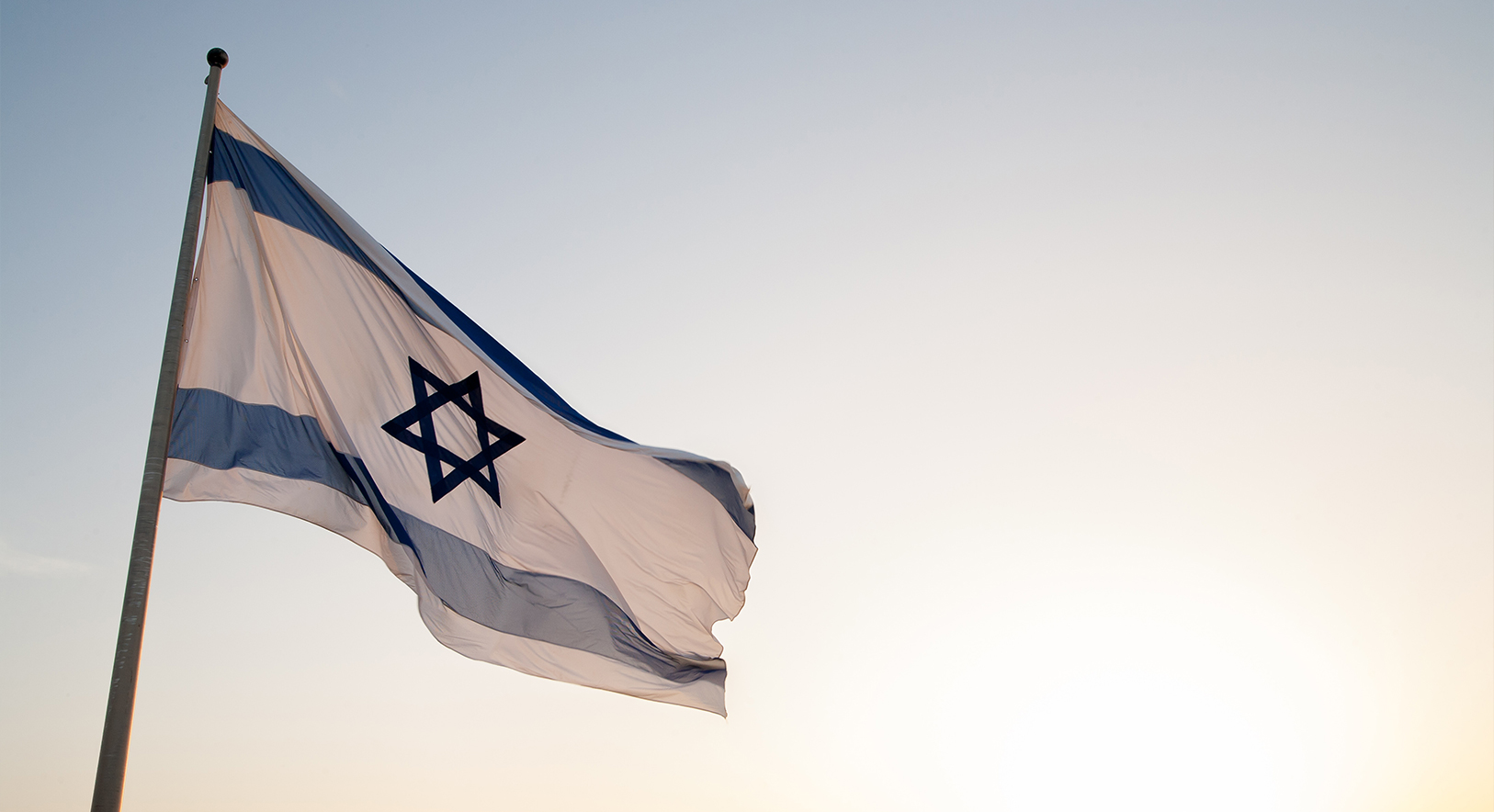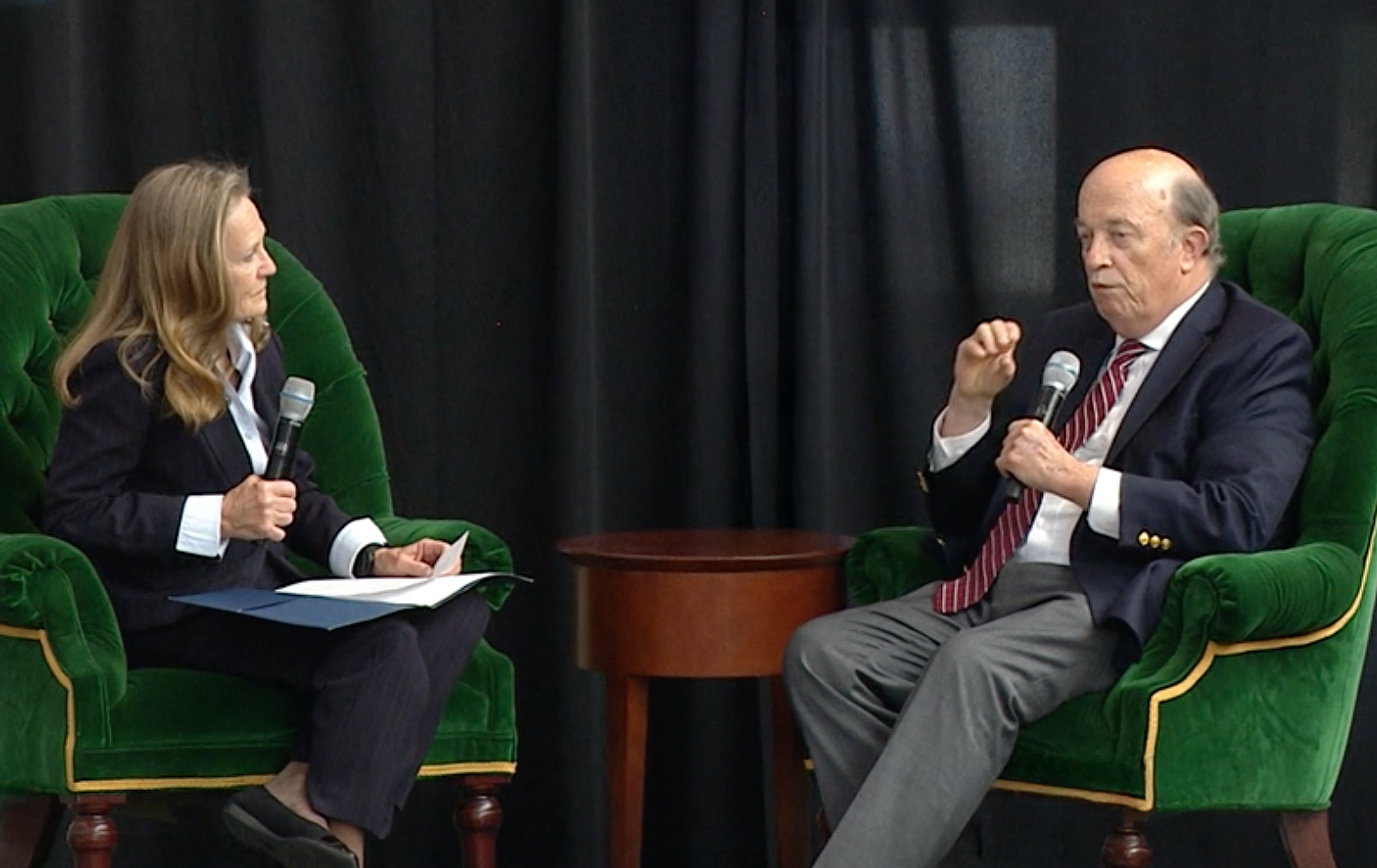Earlier this week, I had the privilege of traveling to Washington D.C. for the Jewish Federation of North America’s FedPro Institute. The conference was in conjunction with the Small Federation Executives Institute. To be considered a small federation, a community must meet one of the following criteria:
- Have a Jewish population of less than 5,000 OR
- Have a less than $1 million Annual Campaign
We qualify as a small federation, with an estimated Jewish population of almost 4,000 in the Miami Valley.
Out of approximately 150 federations, 67 are considered small; about 30 were represented at the institute, including Dayton. While it’s always nice to discuss successes and challenges with other federations, it is particularly wonderful when those federations are roughly the same size. There are things that are unique to small federations that an intermediate or large federation may not experience (and vice versa).
As we shared ideas with each other, there were several that really stood out in my mind as unique and engaging:
- In Flint, Michigan, they host a yearly “From the Borscht Belt to Bollywood” event. Marketed as a multicultural extravaganza, the event brings together the Jewish and Indian population for an evening of diverse entertainment and cultural food, with proceeds from the event benefitting seniors and others in need – of all cultural backgrounds – in their local county.
- The United Jewish Federation of Utah hosts a Pride Passover Seder. This program brings together members of the LGBTQ community and their families and friends for a Seder in a warm, safe environment.
- This past December, the Jewish Federation of Greater El Paso held a 3-Day Lego Marathon. During the marathon, they constructed the world’s largest Lego menorah. It was comprised of 70,000 Lego pieces, and stood 10-feet tall. They also participated in an interfaith program, where participants built the old city of Jerusalem out of Legos. The city was complete with city wall gates, the Wailing Wall, the Church of the Holy Sepulcher, and many other landmarks.
In exchange, I was able to share with my colleagues’ information about something very new (and exclusive) to our community – men’s pins. When a man makes a gift to the Annual Campaign, he is eligible to purchase a pin corresponding with his giving level (which mirrors the women’s giving levels as well).
There are three pins:
The Shofar: for men who give $180 – $1,799
The Maccabee: for men who give $1,800 – $4,999
The Shield of Judah: for men who give $5,000 +
When a man wears his pin – just as a woman wears her giving level pin or necklace – it makes a statement about his philanthropy and passion in the Jewish community.
Creating these pins has been an exciting endeavor, as no other community has something of this caliber to honor men and their commitment to Tikkun Olam. Not only were the other small federations excited, but so was Jewish Federations of North America. Our goal is to launch the men’s pin program on a national level, so other communities are able to honor their male donors and offer them a way to display their generosity, as we have begun doing here in Dayton.
I came back home with a renewed zeal for all that we do in the Dayton Jewish community, in Israel, and around the world. I can’t wait to incorporate some of the amazing ideas from our fellow small federations into our incredible programs, events, and philanthropic endeavors.














